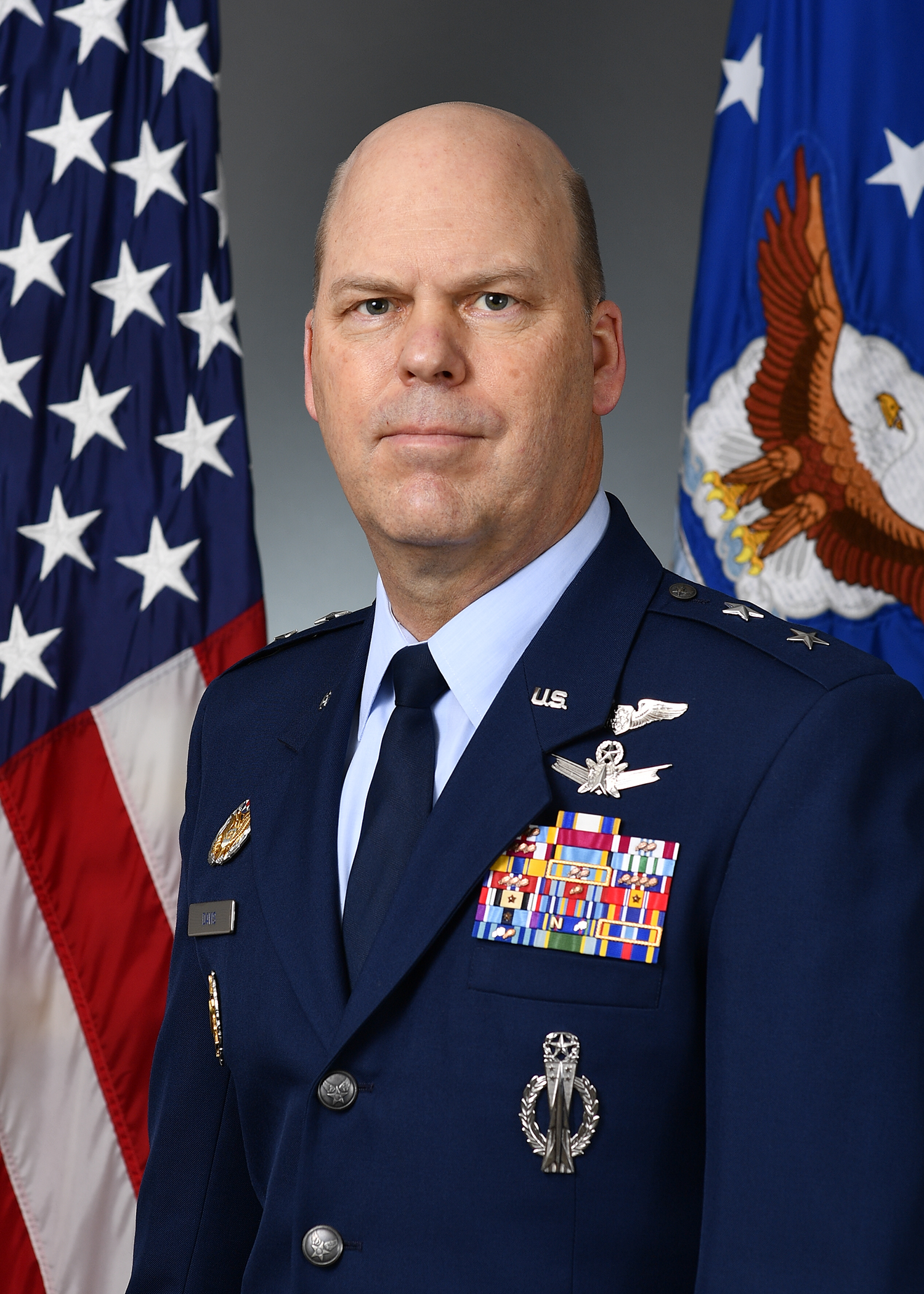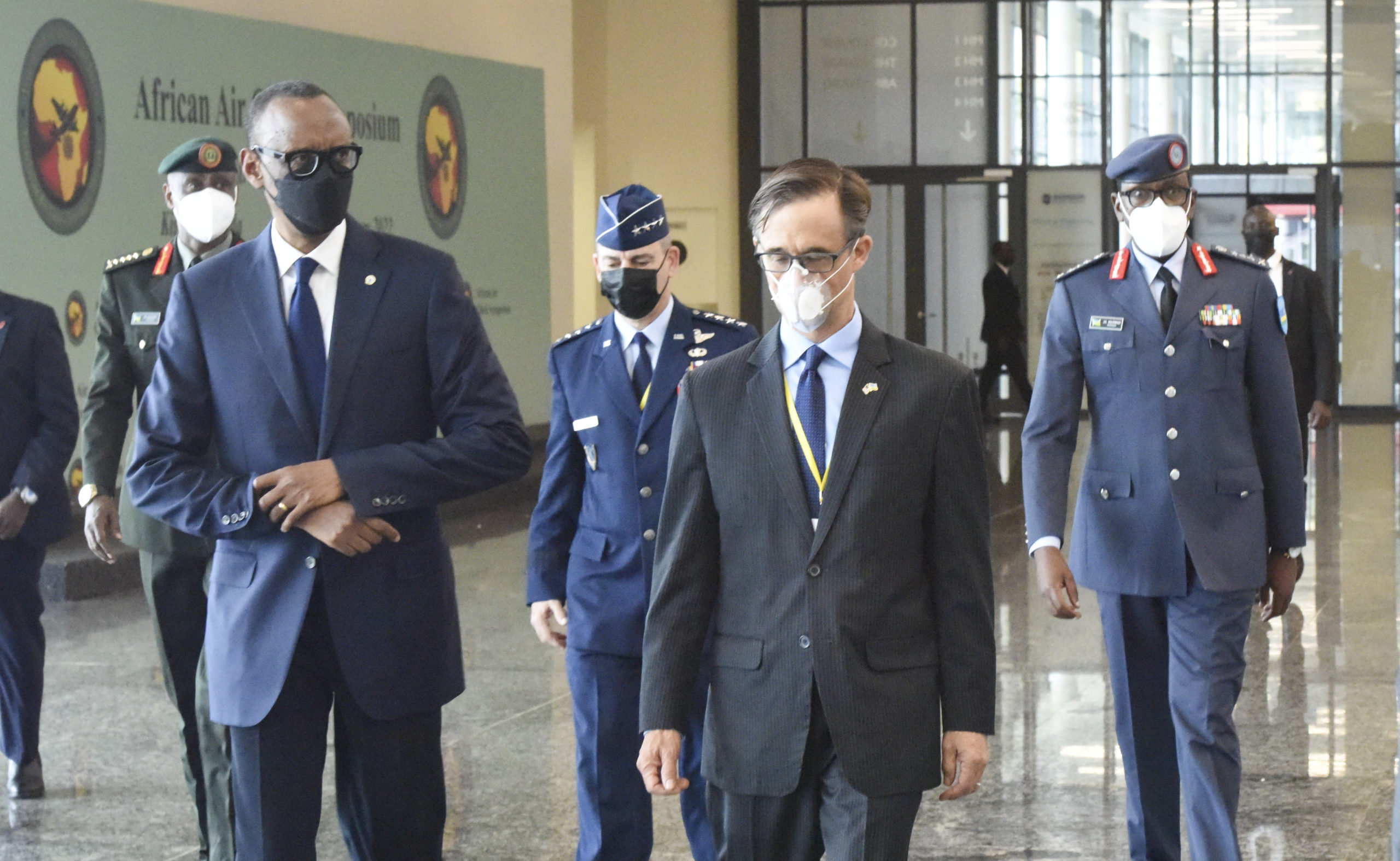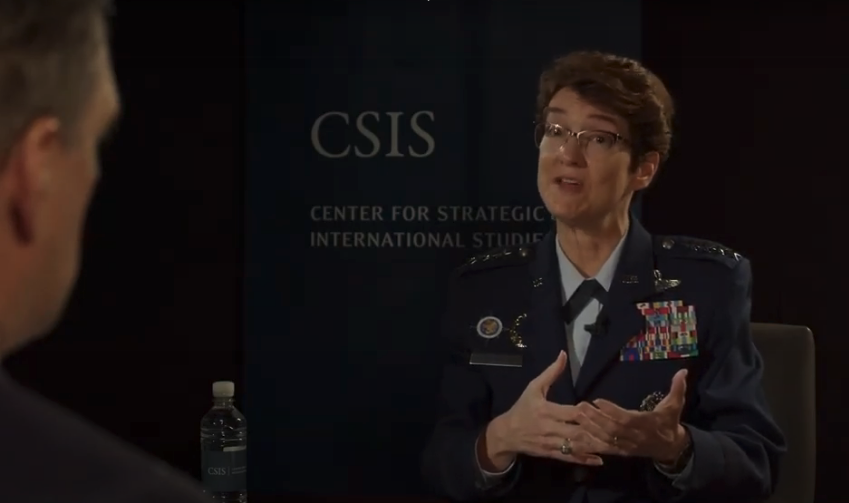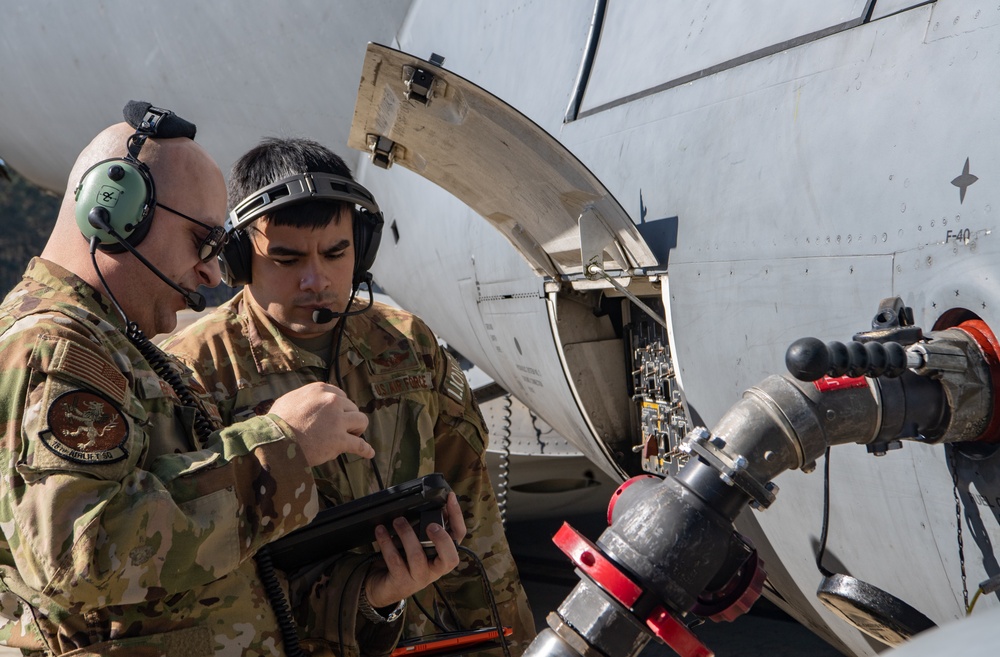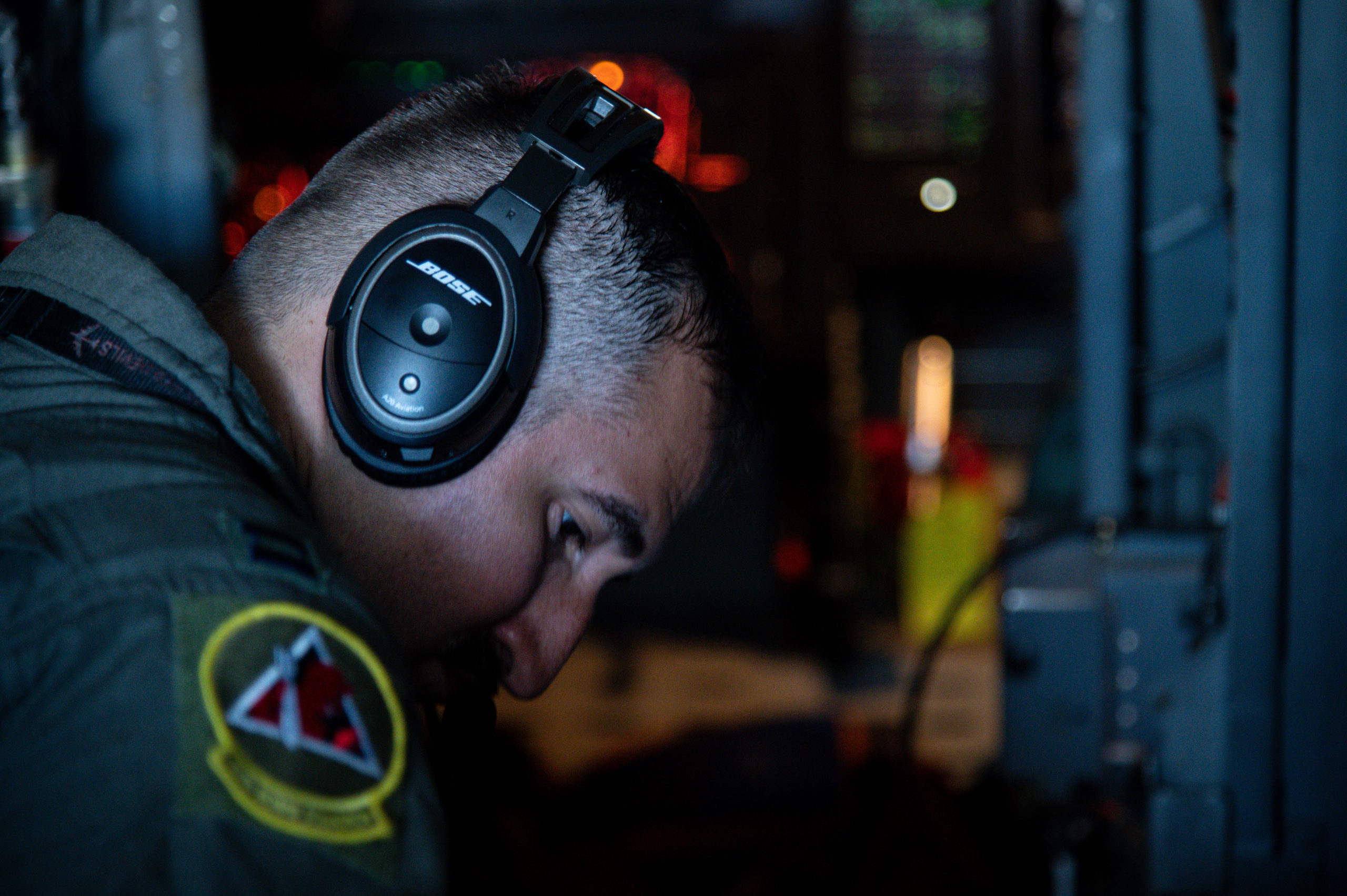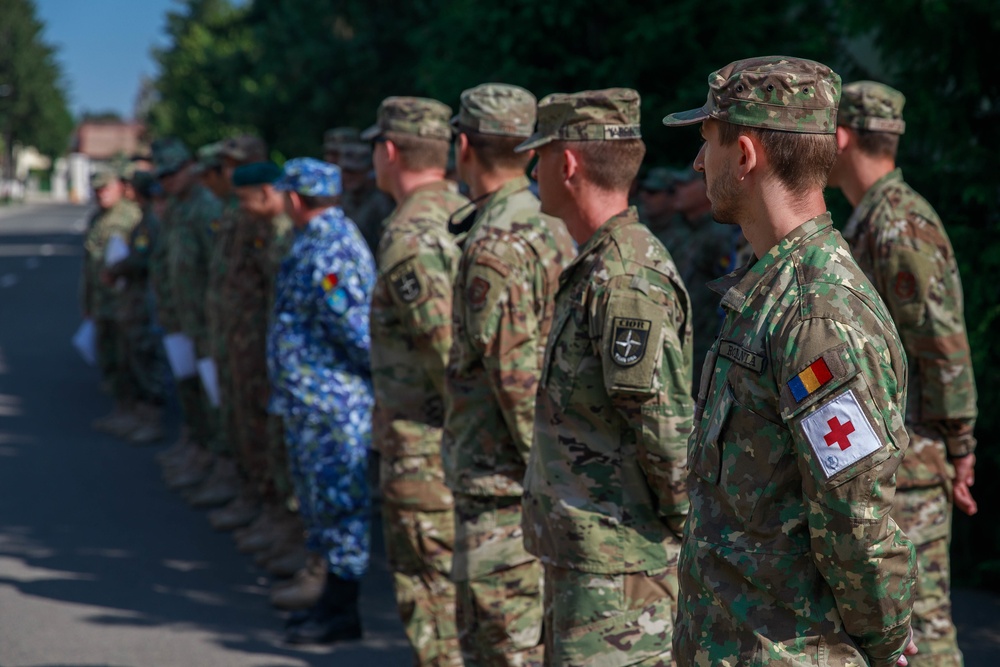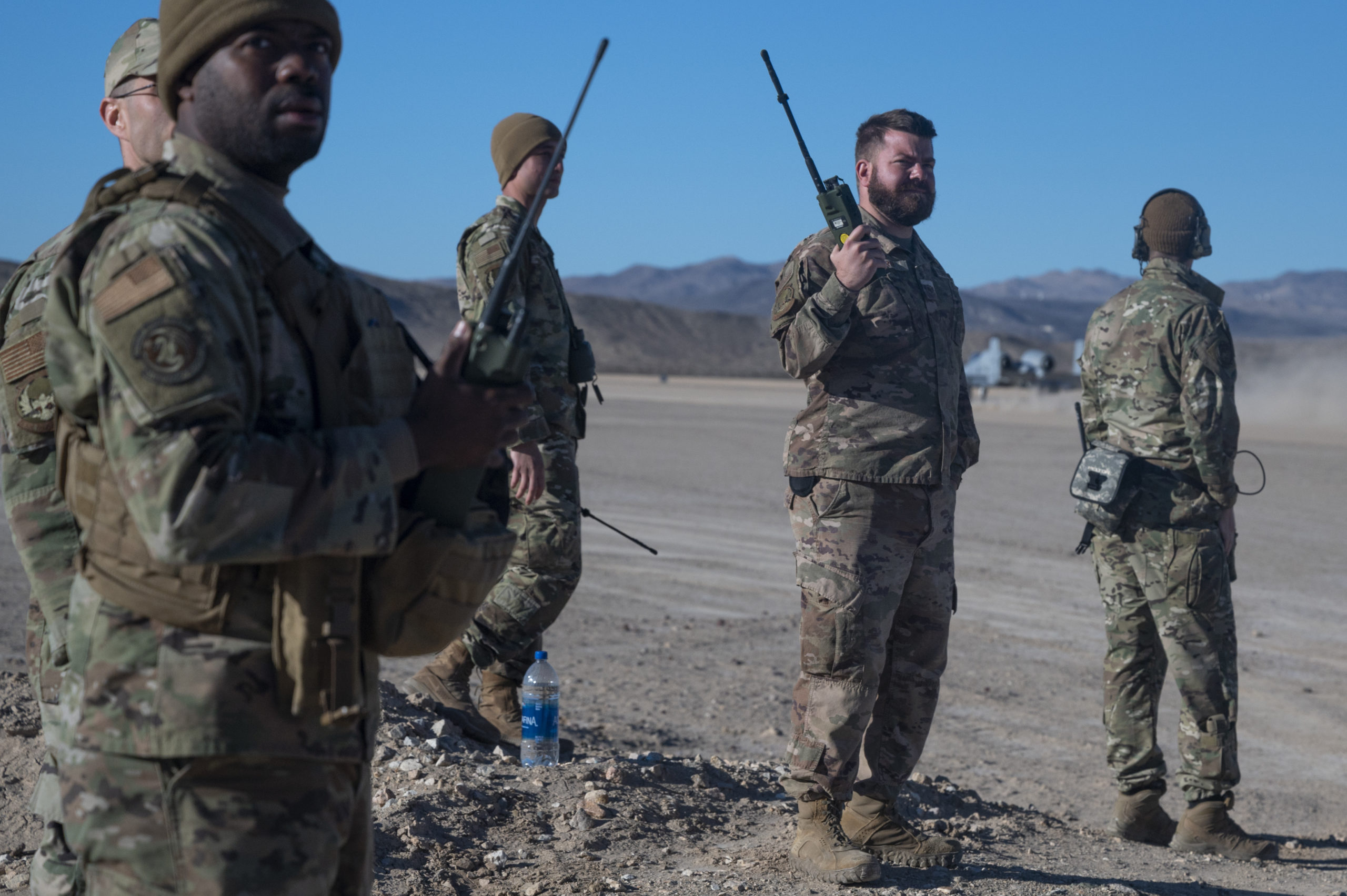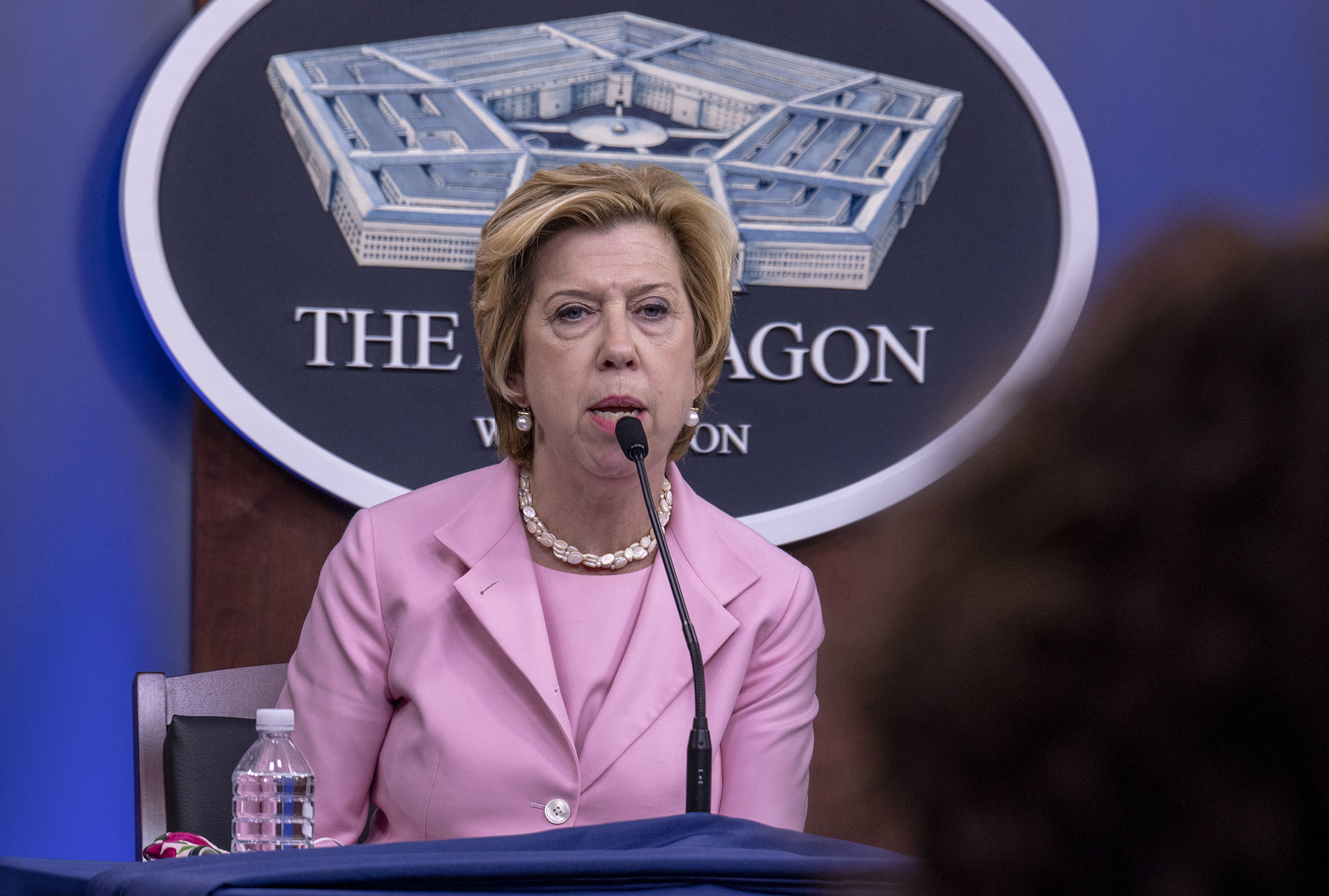The Senate on Feb. 2 confirmed Maj. Gen. Stephen L. Davis for a third star and assignment as the department’s new inspector general.
Davis previously served as director of global power programs in the Office of the Assistant Secretary for Acquisition, Technology, and Logistics overseeing the “direction, planning, and programming” of major programs such as the F-35, F-22, B-1, B-2, and Ground Based Strategic Deterrent.
Now, he’ll take over as the Air Force’s top investigator at a time when the service is taking hard looks at several key issues.
Under Lt. Gen. Sami D. Said, the Air Force IG’s office recently conducted reviews that found widespread racial and gender disparities in ascensions, promotions, punishments, and other key areas. Leaders have pledged to continue tracking that data and to conduct root-cause analyses.
Elsewhere, Air Force Special Operations Command boss Lt. Gen. James C. Slife has called for an inspector general investigation after an anonymous complaint that his command lowered its standards to push a female Airman through special tactics officer training. Slife has disputed the complaint, saying the claims are “either factually incorrect or missing important context.”
Also in the past few months, the inspector general was tasked with investigating the erroneous strike in Kabul this past August that killed 10 civilians amid the U.S.’s hasty withdrawal from Afghanistan. That investigation concluded that execution errors and confirmation bias led to the mistaken strike, but subsequent media reporting on other deadly strikes has pushed the Pentagon to expand its efforts to reduce civilian casualties.
Davis started out in the Air Force as a missileer, with his first assignments overseeing ICBMs. Since then, he has held positions with Air Force Space Command, the Air Staff, U.S. Strategic Command, the Joint Staff, and the National Nuclear Security Administration. He also served as commander of the 91st Missile Wing at Minot Air Force Base, N.D. Before his most recent position on the Air Staff, he worked as director of global operations at U.S. Strategic Command.
Davis was nominated to be the new Air Force Inspector General by President Joe Biden on Dec. 15, and his nomination was reported out by the Senate Armed Services Committee on Feb. 1, followed by confirmation via unanimous consent on the floor of the full Senate.
